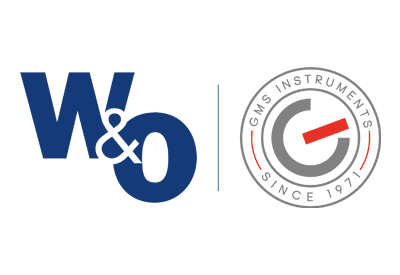
Flow
Flow Switches
A flow switch, not to be mistaken with a flow sensor or flow indicator, is a device used to monitor the flow rate and pressure of liquids, air or other gaseous media through a paddle, system or duct.
Flow switches monitor flow over a given time or are set up to monitor the total flow continuously. Technically speaking, a flow switch could not be a flow sensor or flow indicator. Because flow sensors and indicators only register and display the current flow, they are more appropriately called meters or indicators. A flow switch regulates the flow.
For example, a flow switch triggers actions like a stop/start elsewhere in the system. The flow rate and pressure are adjusted to the required levels by doing this.
How does a Flow Switch work?
To understand how a flow switch works and what it does, it’s helpful to outline the core components that make up a typical switch.
Many flow switches include a paddle or magnetic trigger (the primary device) connected to a circuit and placed directly in the process through which liquid or gas is running. This paddle is displaced or rotated by whatever substance flows past it, on which the flow switch sends a signal back to the transducer.
The transducer takes this raw signal from the paddle and passes it on to a transmitter in a legible format. The transmitter, in return, measures this reading against a predefined set of parameters and performs whatever signal or action is required to adjust the behaviour of components and mechanisms elsewhere in the system.
In this way, flow switches can monitor, report and control the flow rate of liquid or gas through a specific part of a system or the entire system, ensuring flow stays within those pre-set parameters. If the readings exceed or drop below what’s required, it can instantly trigger a series of actions such as activating an alarm, powering on a pump, diverting flow, and shutting off parts of the system. Which actions a switch performs will depend entirely on the type of switch and what it’s been designed for.
Not all flow switches will have a physical paddle as such. Ultrasonic and non-intrusive versions are also fairly commonplace, which work by bouncing a signal back off the monitored medium. This is particularly useful in cases where the medium is contaminated, physically damaging or otherwise hazardous, or where it’s helpful to have no moving parts exposed to constant wear and tear.
For more info about flow switches or SIKA or SIEMENS flow instrumentation, reach out to our product specialist.
